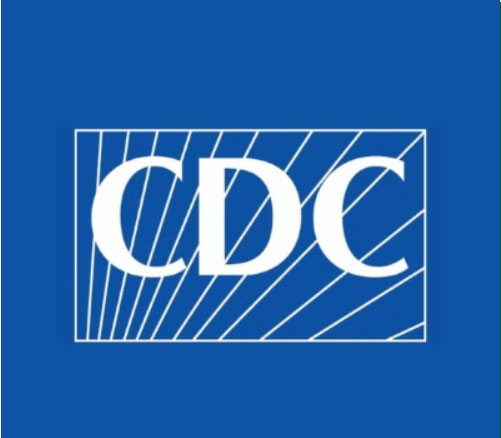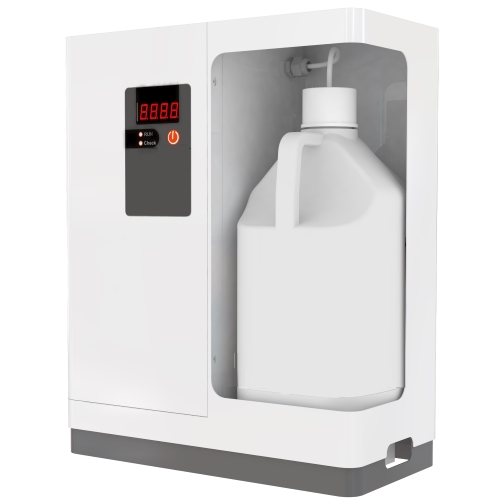
Guideline for Disinfection and Sterilization in Healthcare Facilities
CDC Source: Click Here
Read Excerpt (p. 39 – 42): Click Here
The CDC recognizes electrolyzed water, also called “superoxidized water”, and the microbiocidal activity of axit hypocholorous (HOCl) in its guidelines for disinfection and sterilization in healthcare facilities.
Excerpt from CDC
The microbicidal activity of chlorine is attributed largely to undissociated axit hypocholorous (HOCl).
The microbicidal activity of a new disinfectant, “superoxidized water,” has been examined The concept of electrolyzing saline to create a disinfectant or antiseptics is appealing because the basic materials of saline and electricity are inexpensive and the end product (i.e., water) does not damage the environment. The main products of this water are axit hypocholorous (e.g., at a concentration of about 144 mg/L) and chlorine. As with any germicide, the antimicrobial activity of superoxidized water is strongly affected by the concentration of the active ingredient (available free chlorine) 536. One manufacturer generates the disinfectant at the point of use by passing a saline solution over coated titanium electrodes at 9 amps. The product generated has a pH of 5.0-6.5 and an oxidation-reduction potential (redox) of >950 mV. Although superoxidized water is intended to be generated fresh at the point of use, when tested under clean conditions the disinfectant was effective within 5 minutes when 48 hours old.
In October 2002, the FDA cleared superoxidized water as a high-level disinfectant (FDA, personal communication, September 18, 2002).
“Superoxidized water” has been tested against bacteria, mycobacteria, viruses, fungi, and spores. Freshly generated superoxidized water is rapidly effective (<2 minutes) in achieving a 5-log10 reduction of pathogenic microorganisms (i.e., M. tuberculosis, M. chelonae, poliovirus, HIV, multidrugresistant S. aureus, E. coli, Candida albicans, Enterococcus faecalis, P. aeruginosa) in the absence of organic loading. However, the biocidal activity of this disinfectant decreased substantially in the presence of organic material (e.g., 5% horse serum) 537, 549, 550. No bacteria or viruses were detected on artificially contaminated endoscopes after a 5-minute exposure to superoxidized water 551 and HBV-DNA was not detected from any endoscope experimentally contaminated with HBV-positive mixed sera after a disinfectant exposure time of 7 minutes.


